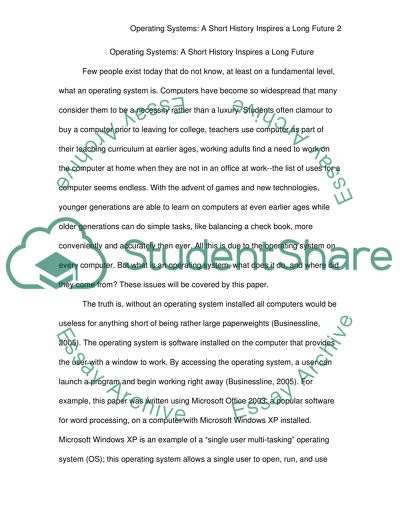Cite this document
(“Operating Systems: A Short History Inspires a Long Future Essay”, n.d.)
Operating Systems: A Short History Inspires a Long Future Essay. Retrieved from https://studentshare.org/technology/1531584-operating-systems-a-short-history-inspires-a-long-future
Operating Systems: A Short History Inspires a Long Future Essay. Retrieved from https://studentshare.org/technology/1531584-operating-systems-a-short-history-inspires-a-long-future
(Operating Systems: A Short History Inspires a Long Future Essay)
Operating Systems: A Short History Inspires a Long Future Essay. https://studentshare.org/technology/1531584-operating-systems-a-short-history-inspires-a-long-future.
Operating Systems: A Short History Inspires a Long Future Essay. https://studentshare.org/technology/1531584-operating-systems-a-short-history-inspires-a-long-future.
“Operating Systems: A Short History Inspires a Long Future Essay”, n.d. https://studentshare.org/technology/1531584-operating-systems-a-short-history-inspires-a-long-future.


